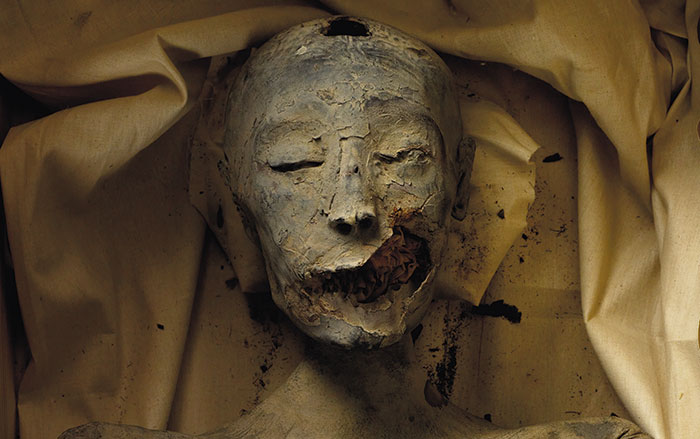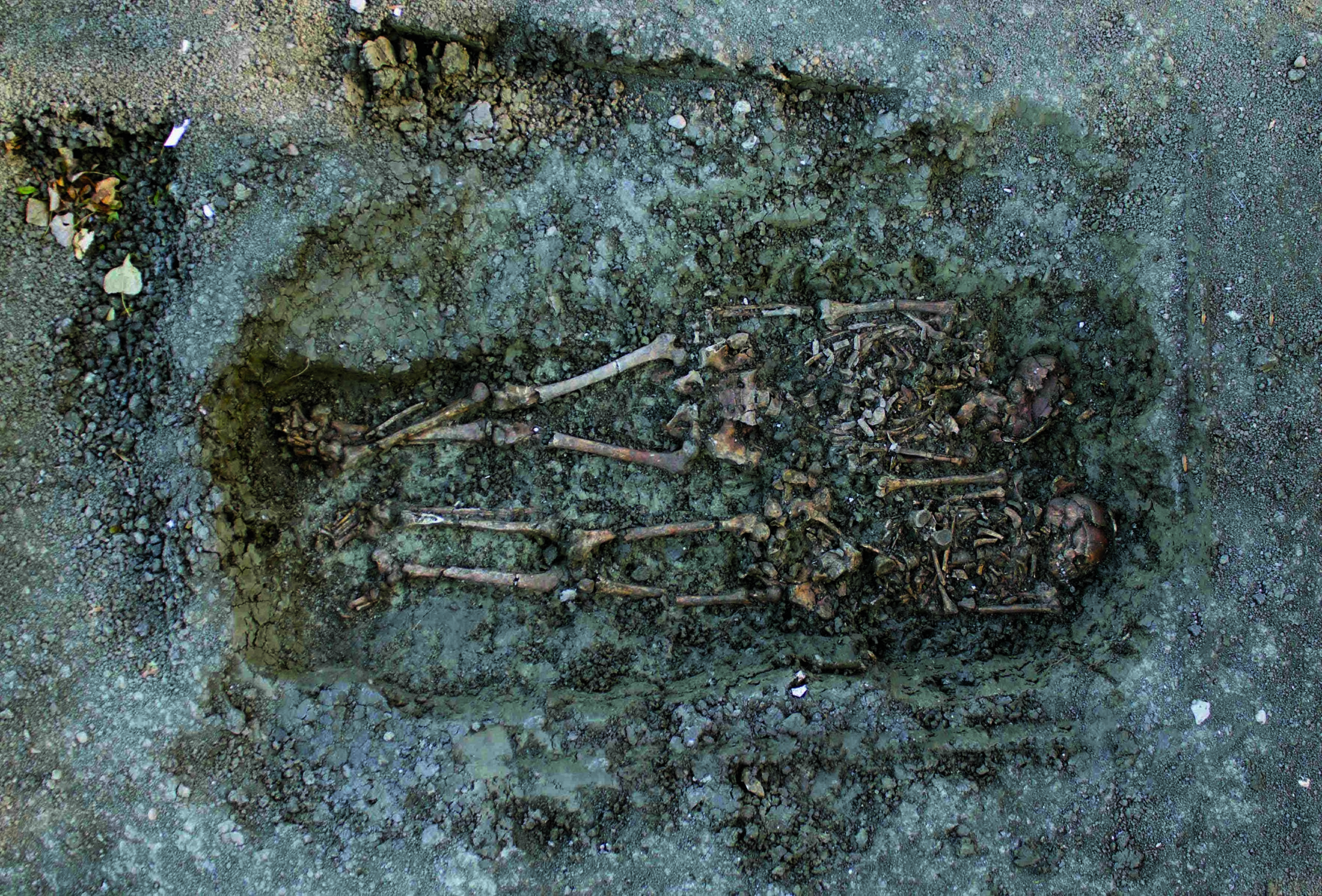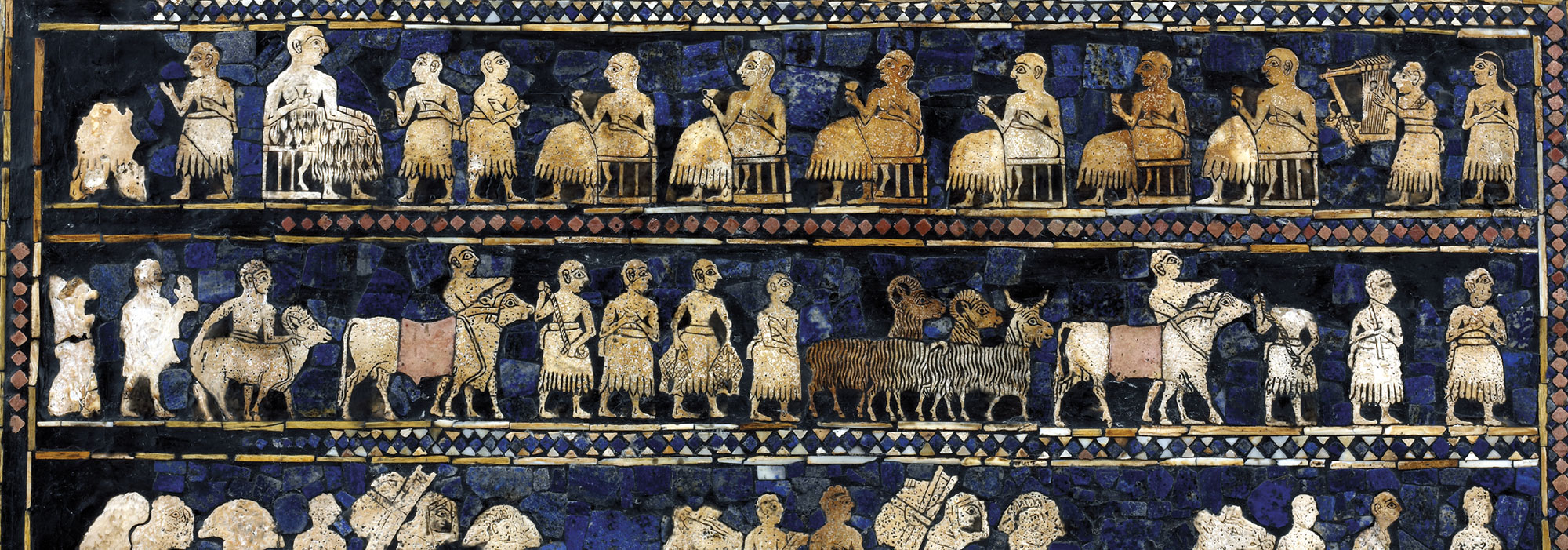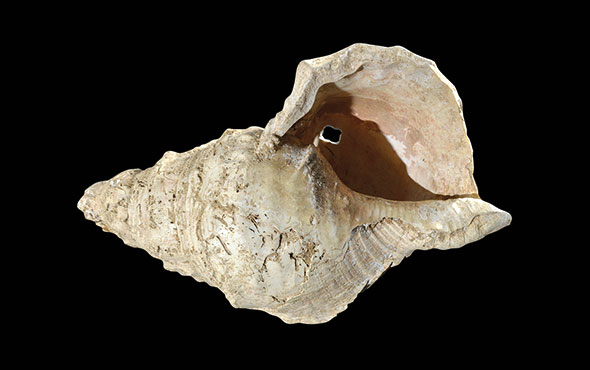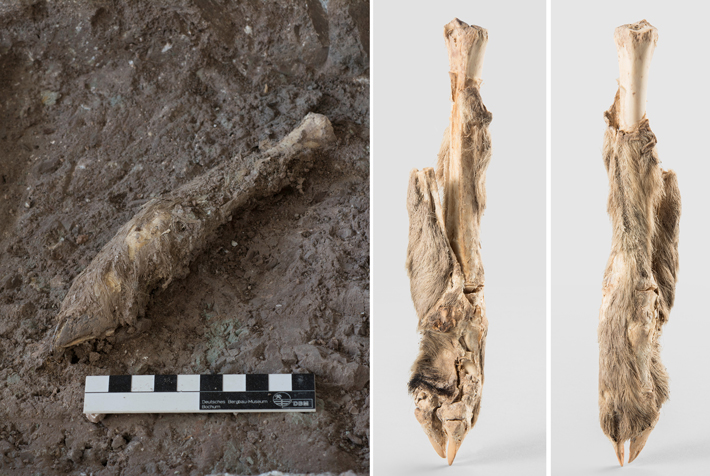
DUBLIN, IRELAND—According to a statement released by Trinity College Dublin, DNA collected from the 1,600-year-old remains of a sheep recovered from Chehrabad, a salt mine in Iran, has been sequenced by an international team of geneticists and archaeologists. The salt-rich environment preserved its skin and hair fibers, which were examined with scanning electron microscopy. The animal’s well-preserved DNA revealed that it was genetically similar to sheep breeds living in the region today. The sheep likely had a hairy or mixed coat, rather than a woolly one, and a fat tail, which is sometimes associated with being good for food and well adapted to an arid climate. Kevin G. Daly of Trinity College explained that Sasanian-era herders likely raised sheep for meat consumption. Read the original scholarly article about this research in Biology Letters.


